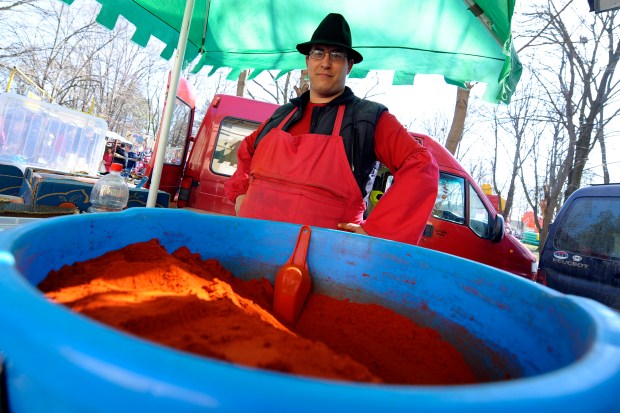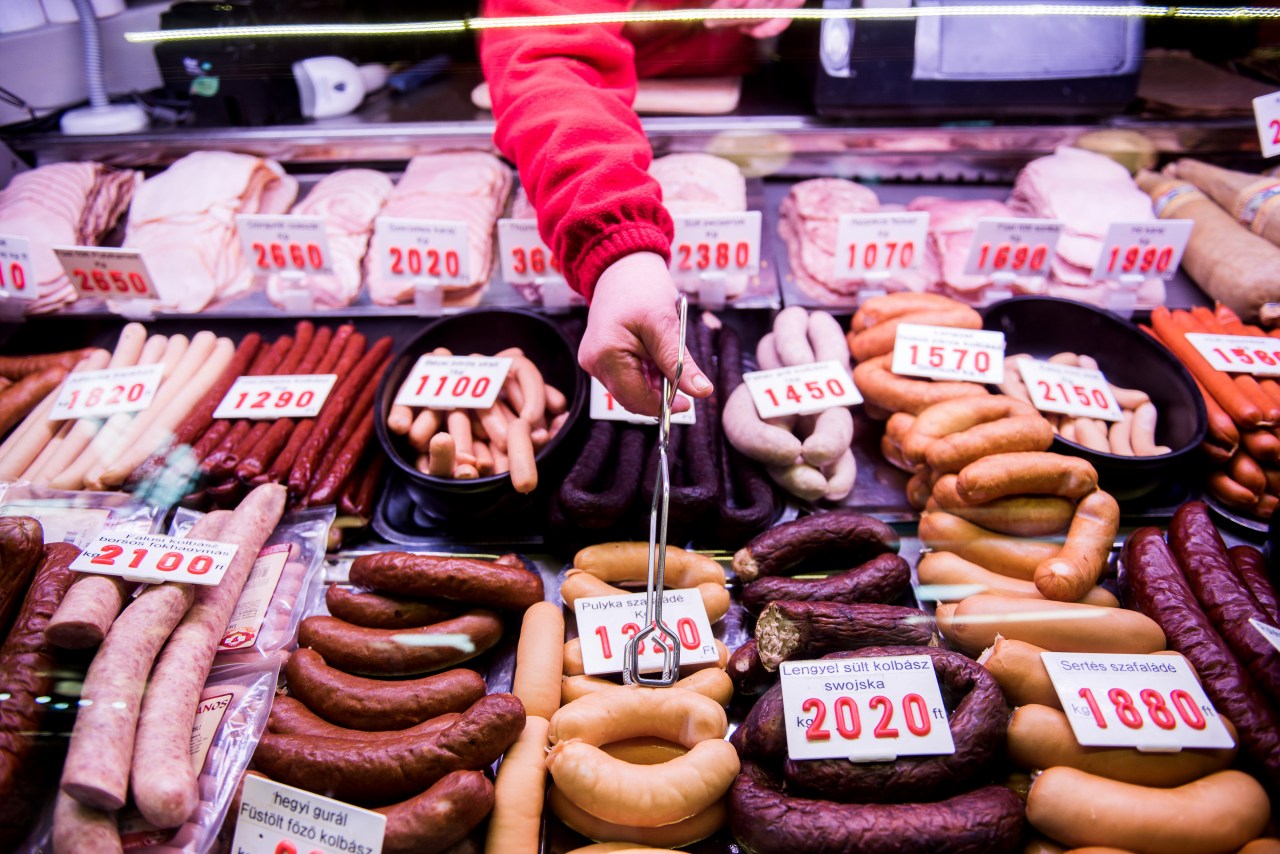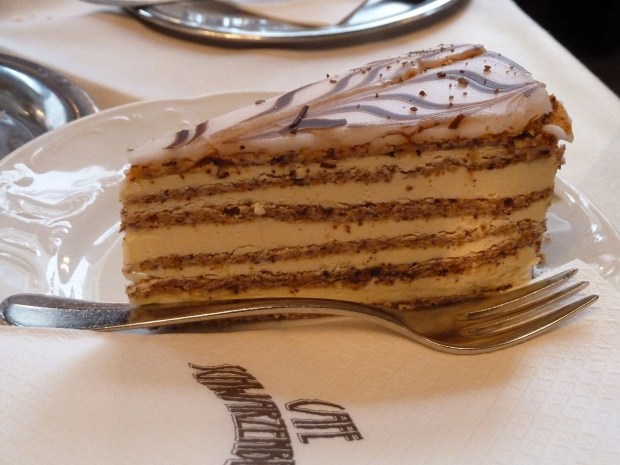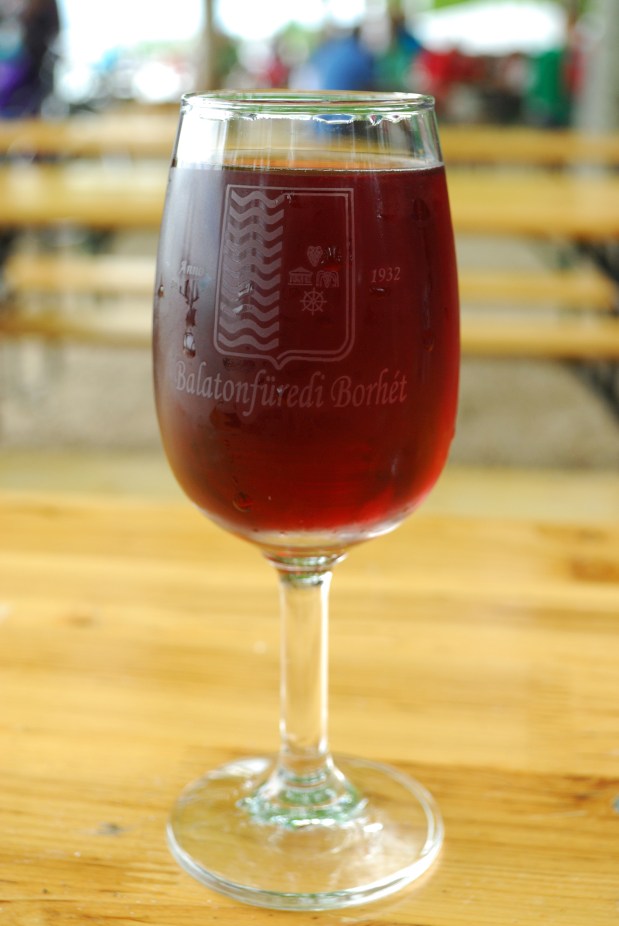Hungarians are enthusiastic eaters. They talk about their food in great detail, and their pride in it is so contagious that when in Hungary, eating and drinking just seem like the truest way to get to know the country’s soul.
Hungary is a small country (under 10 million in population) in the middle of Europe, surrounded by Austria, Romania, Slovakia, Croatia, Serbia, Slovenia, and Ukraine. Just as Hungarians have preserved their distinct Magyar language (despite being surrounded by so many unrelated tongues), they’ve sustained their beloved culture of food and wine.
European countries often stress their differences; but after living in Hungary for 15 years and traveling extensively in Central and Eastern Europe, I’ve realized that when it comes to food, in this region the similarities and influences abound.
Look at the menus in Hungary and its neighbors and you’ll see Turkish influences and many remnants of the Austro-Hungarian Empire, during which the cuisines of many nations became intertwined. Hungary has long been influenced by Jewish food, in dishes like sólet (cholent), matzo balls, and goose soup, which are so commonplace that Hungarians often don’t know they originated as Jewish foods.
Despite the intermingling of cuisines in this part of the world, Hungary remains true to its classic dishes. When you see a gulyás (goulash) on the menu in Croatia, it may be made of octopus. In Austria it’s likely to be a stew served with dumplings. But in Hungary it will always be a paprika-rich soup made with cubes of beef and potatoes. Gulyás is perhaps the most iconic Hungarian dish. Like many others, it is simple and complex at the same time. It’s so elegant that it is served at fancy Budapest restaurants yet humble enough to be served at practically every red-checkered tablecloth eatery in the country.
Hungarian food is wide-ranging and diverse, yet it’s relatively unknown outside the region. Perhaps it’s because there are so few Hungarian restaurants around the world and one must get introduced to Hungarian food through home-cooked meals. I’ve been blown away so many times by genuine feasts prepared in the homes of Hungarians.
After eating (and drinking) more than you thought possible, the meal invariably ends on a celebratory note with a bottle of homemade pálinka (fruit brandy), poured into tiny glasses that are clinked together with enthusiastic proclamations of “Egészségedre!” (“To your health!”).
Paprika, Hungary’s “red gold”

There is a certain aroma, often wafting through kitchen windows into apartment-building hallways, that every Hungarian instantaneously recognizes. It’s the smell of paprika and onions cooking in sizzling lard, and it usually begins a speculation about what the resulting dish will be. This base of lard (goose, pork, or duck), onions, and paprika (added at the end so it doesn’t burn) is the essence of Hungarian cooking. With this technique, the onions are cooked so slowly that they soften and become translucent. It’s unbelievable how much flavor emerges from simple onions when cooked this way. The hot fat releases the paprika’s oil, turning the mixture into a flavor bomb from which many dishes begin—including pörkölt (stew, made from any kind of meat); chicken, veal, or mushroom paprikás (with sour cream); and lecsó (stewed peppers and tomatoes).
There’s a reason why paprika is sold by the kilogram at markets: Hungarian cooks use it in quantities that would shock cooks in most other nations. But Hungarian food isn’t all about paprika—plenty of dishes don’t contain a trace of it. And while there’s a misconception that Hungarian food is typically hot, nearly all cooks use sweet paprika rather than the hot stuff. For extra heat, a small container of hot paprika is always on the table.
Simmering Soups and Stews
Soup is an integral part of a meal in Hungary. One of the most beloved soups is húsleves, a rich consommé made from slowly simmering beef, marrow bones, and root vegetables. Thin egg noodles, matzo balls, liver dumplings, or semolina dumplings are added. But the soup is just the beginning. Next comes the tender boiled beef with mustard and horseradish. Then you spread the bone marrow over toast and sprinkle it with salt and paprika. It’s a classic Hungarian culinary experience.

Some soups—like halászlé (fisherman’s soup), Jókai-bableves (bean and smoked meat soup), and gulyás—are hearty enough to be meals in themselves. In the summer, herb and vegetable soups can be made from whatever is in season—asparagus, mushrooms, green beans, squash, dill—and thickened with sour cream. Hideg gyümölcsleves (chilled fruit soup) is also ubiquitous then. It’s most often made from sour cherries but can feature any type of fruit (strawberries, apples, peaches, gooseberries, even watermelon), thickened with heavy cream and sweetened with a bit of sugar.
We’ve already discussed gulyás. Its brother is pörkölt, a stew in which the meat slowly cooks in its own juices, thickened by lots of onions. It is often eaten with nokedli or galuska (dumplings). Both are even better when cooked over an open fire in a bogrács (cauldron).
Pork, king of meat
Hungarian cooking is meat-centric, and the meat of choice is pork. The disznótor (pig slaughter) is a winter rite, and there’s no better way to understand the importance of pork in the Hungarian kitchen. The job requiring several butchers. Work starts before sunrise, and the helpers who come are fed throughout the day (and given copious amounts of pálinka). Böllérreggeli (butcher’s breakfast) is the cooked, coagulated blood served with fried onions, bread, and maybe some mulled wine. Not a single piece of the pig is discarded. The rest of the day passes in a hectic haze of chopping, grinding meat, stuffing meat into intestines to make kolbász, stirring chunks of pig fat in cauldrons (destined to be töpörtyű, or “crackling”), preparing bacon and pork chops. Later sausages are smoked and dried, bacon is cured, and ham is smoked. Kocsonya (pork jelly with pig feet, ears, and snouts set into an aspic made from consommé) is prepared; but first the well-earned meal at the end of this day of communal work is sausages, incomparable to any you’ve had before. The meat lasts throughout the summer.

A visit to any of Budapest’s markets reveals that pork is not the only meat Hungarians love. In addition to the dozens of varieties of paprika-tinted sausages and piles of bacon on display, there’s an abundance of goose, duck, foie gras, beef, and wild game. Somewhere in the sea of meat there’s freshwater fish (usually carp or catfish) for halászlé. And the delicate pike perch (perhaps the best local fish) is served lightly breaded or with a creamy sauce.
Bountiful market halls

Much of Hungary is fertile orchards and farmland, with soil so rich it’s the color of dark-roasted coffee beans. Market stalls abound with gorgeous seasonal local fruit and vegetables from the land. Because of this seasonal abundance, Hungarians are adept at turning summer produce into products that last through the winter. Fruit is cooked into jam and distilled into pálinka. Savanyúság (pickled and fermented vegetables) plays a hugely important role in the Hungarian diet. It’s practical both in terms of preservation and taste, since a little plate of pickles goes down perfectly with a heavy pörkölt. Each market has an entire section devoted to colorful pickles, and they are an impressive sight. You’ll see barrels of savanyú káposzta (sauerkraut), colorful peppers stuffed with sauerkraut and dyed red with beet juice, and a variety of pickles that could include melons, plums, beets, tomatoes, peppers, and cauliflower. In the summer kovászos uborka (fermented cucumbers) are made from gherkins. They’re stuffed into a big jar with a sprig of dill, covered with water, sprinkled with a little salt, and topped with a slice of bread to promote the fermentation. After a few days in the sun, they’re ready to eat. Even the cloudy pickle juice is drunk, sometimes mixed with soda water.
A sweet-tooth nation

Hungary has one of the great baking traditions of Europe and is renowned for its fancy layered cakes like Dobos torta (vanilla-cake layers with chocolate buttercream and a shiny, solid caramel top) and Esterházy torta (walnut-cake layers and walnut cream). Cukrászdas (patisseries) abound, and they tempt sweet lovers with confections made from ingredients like poppy seeds, apricots, plums, túró (farmer cheese), chestnuts, whipped cream, and walnuts. Of course there are the simpler desserts made at home, like palacsinta (stuffed crepes) and yeast-raised cakes, such as aranygaluska. During the Christmas season, bejgli (walnut and poppy seed rolls) are baked by everyone’s mom and grandma and given as gifts. Budapest still has a few traditional late-19th- and early-20th-century coffeehouses, and they are excellent places to settle down with a cup of coffee and an exquisite dessert.
Wine

As in the rest of the region, food and wine traditions and industries suffered terribly during the four decades of communism in Hungary. But these days Budapest is a hot restaurant city, with new spots continuously opening. In fact, it has four Michelin-starred restaurants to be proud of. Local food artisans and growers—from cheesemakers and butchers to bakers and farmers—are reviving old traditions and making visits to the markets even more exciting. The revival of old traditions is most evident when it comes to wine. No meal here is complete without it.
Hungary is a true wine country. In the past few decades most of the country’s 22 wine regions have been getting back to focusing on growing indigenous regional grapes. Furmint, Juhfark, Hárslevelū, Kadarka, and Kékfrankos are some of the most intriguing ones to seek out.
Tokaji aszú, an amazingly complex sweet wine made from botrytised grapes (which are not only handpicked, but picked berry by berry when they reach the optimal stage of overripeness), is a national treasure and has been produced for hundreds of years. That winemakers in Tokaj are singularly obsessed with the botrytis fungus, always wondering when it will come and how much there will be, must look strange to those who are not yet under the spell of Tokaji aszú. But this wine is made only in years when botrytis invades the vineyards, turning the healthy grapes into shriveled raisinlike berries. The region’s winemakers are focused on reintroducing this wine to the world, along with the deliciously volcanic dry Furmints that they have mastered more recently. These are wines that can stand up and perfectly complement the country’s often heavy and meat-oriented cuisine.